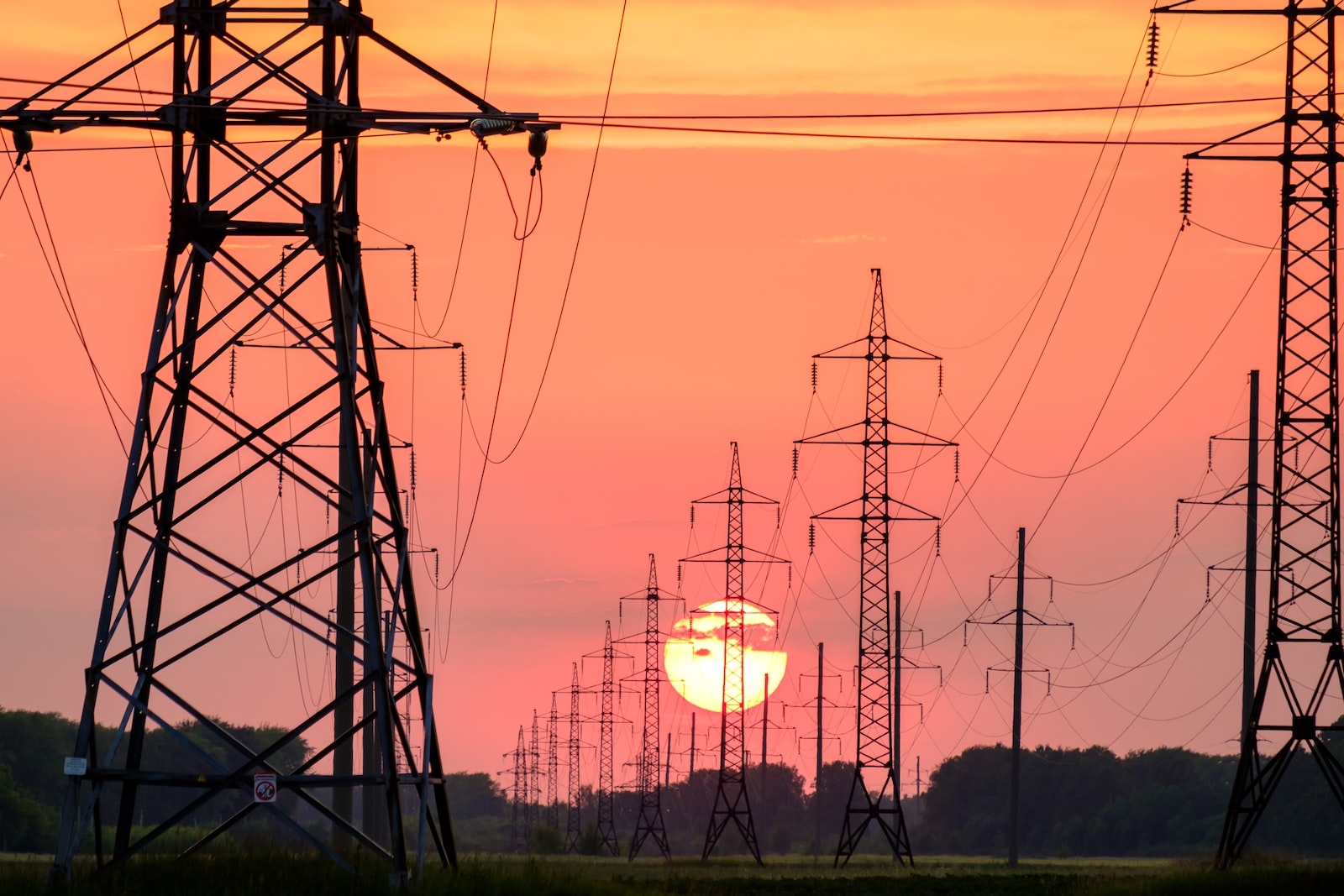QUESTIONS ON NOTICE
Questions are currently being updated, please check back soon for previous questions.
- All Questions
-
Taxation, Finance
& Economy - Education & Family
- Energy
- Environment
-
Health, Aged Care
& Seniors - Covid-19
- Primary Industries
-
Immigration &
Foreign Affairs -
Infrastructure, Manufacturing
Transport & Tourism - Defence
- Federation Reform
HAVE YOUR SAY...
THE ISSUES
Click on an interest area to read articles and learn more about the work I am doing in Parliament.
Taxation, Finance & Economy
READ MORE
Education & Family
READ MORE
Energy
READ MORE
Environment
READ MORE
Health, Aged Care & Seniors
READ MORE
Primary Industries
READ MORE
Immigration & Foreign Affairs
READ MORE
Infrastructure, Manufacturing, Transport & Tourism
READ MORE
Defence
READ MORE
Federation Reform
READ MORE
DON'T BE SILENT. HAVE YOUR SAY!
I’m working on a range of issues currently in the Senate however I need your support so that my other Parliamentary colleagues know that these are issues that you feel strongly about.
Remember that we are stronger in numbers!











